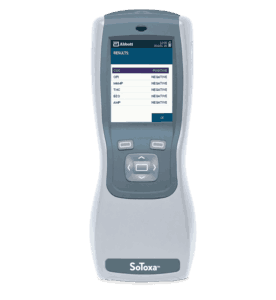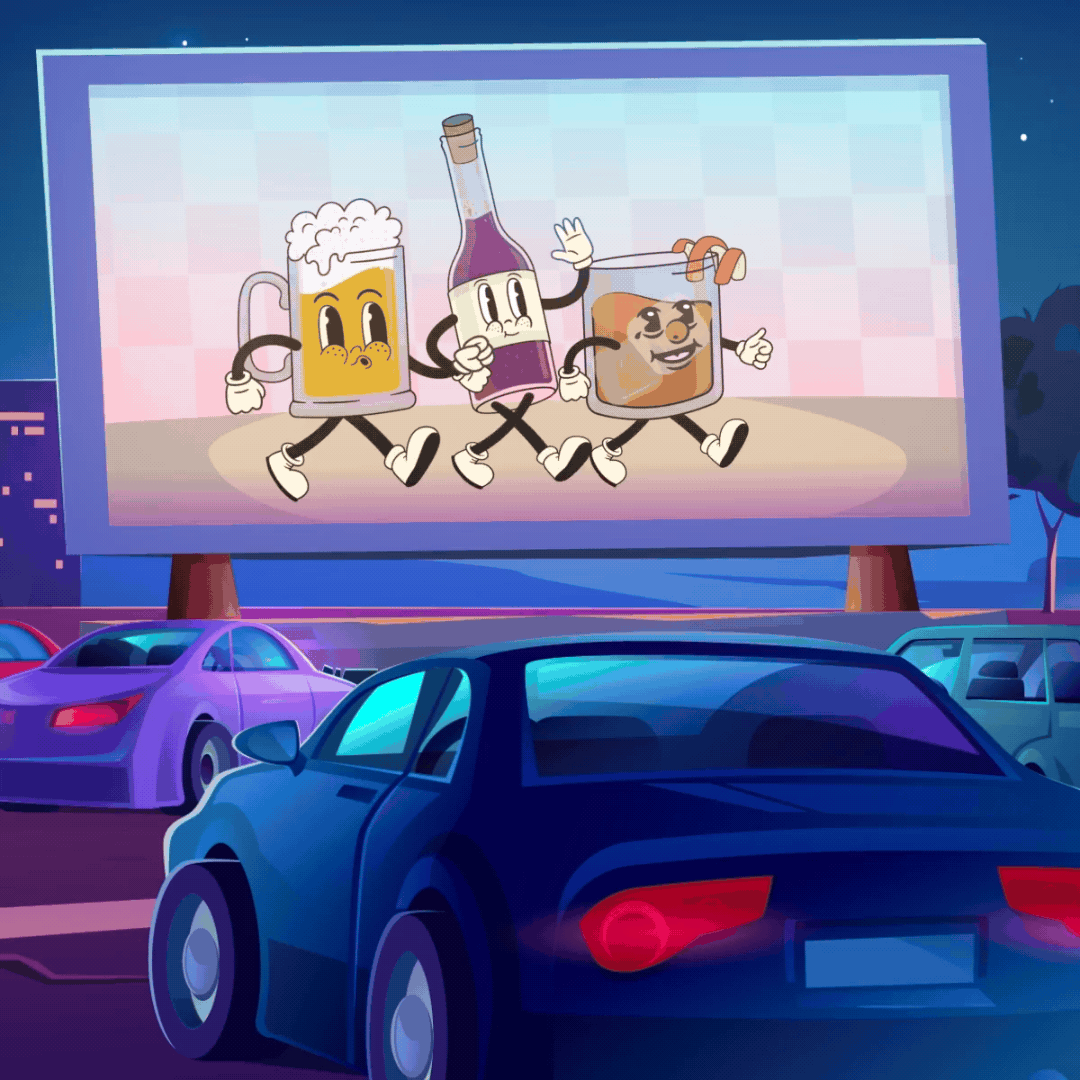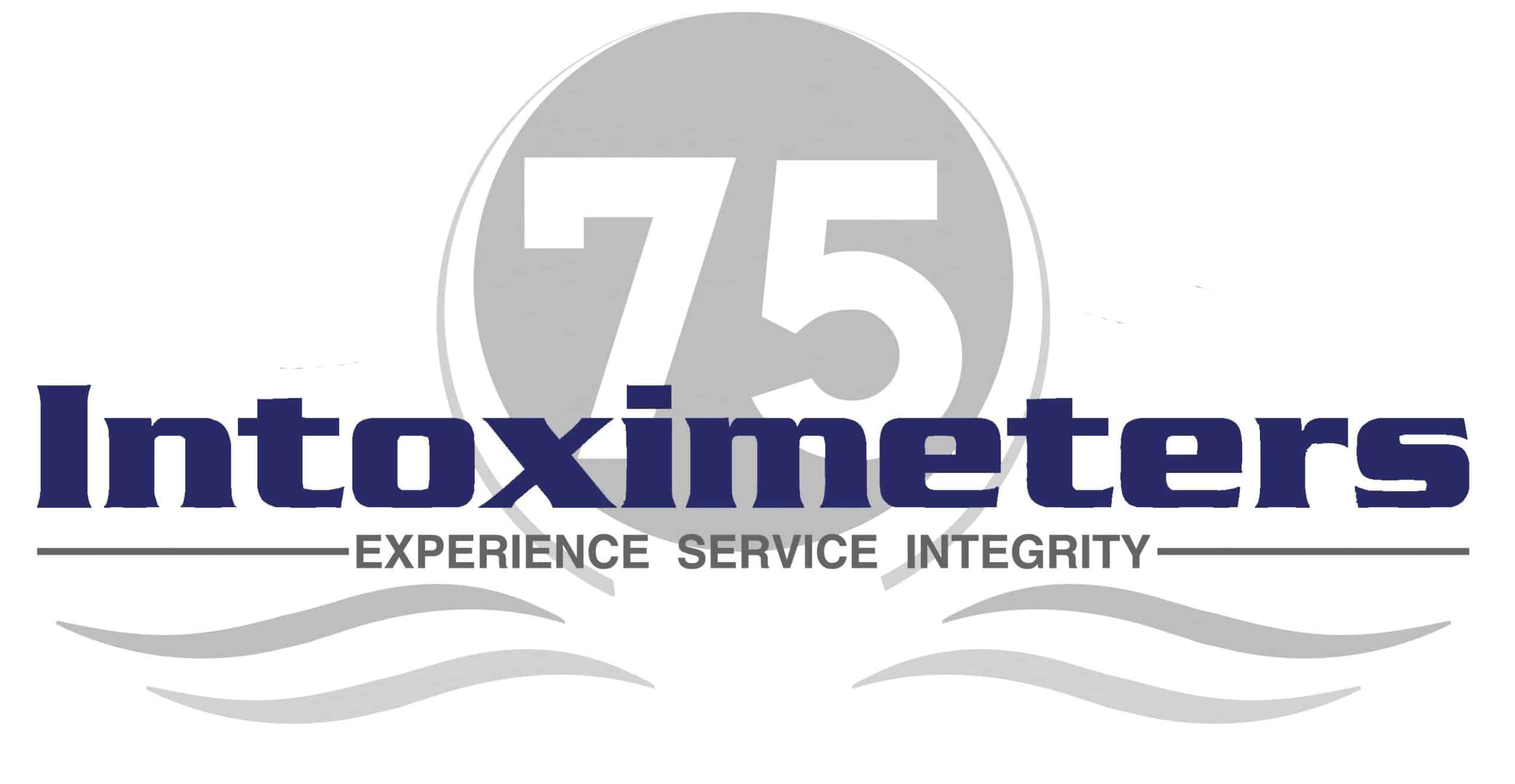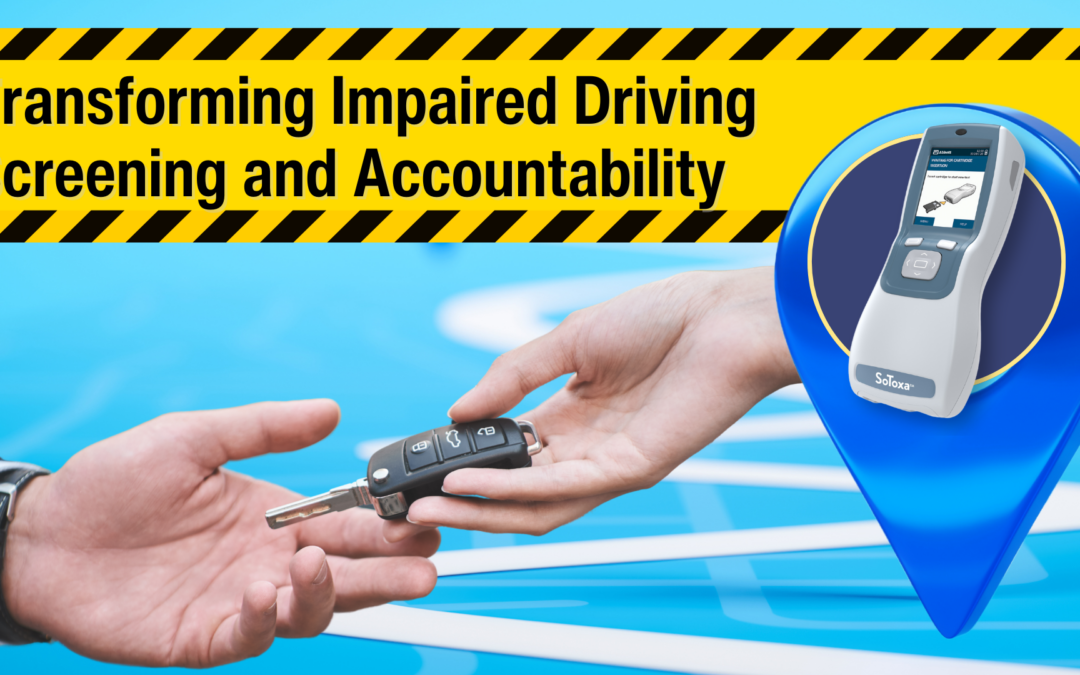In a significant move to enhance road safety through impaired driving and screening accountability, several states have rolled out programs to train and equip law enforcement agencies on how to use the SoToxa Oral Fluid Mobile Test System. The SoToxa analyzer system has already undergone successful testing in programs in other states, providing valuable insights into its accuracy and effectiveness. The action aims to equip law enforcement with the tools necessary to help screen drivers should the officer suspect a driver is impaired and under the influence of drugs.

The SoToxa™ Oral Fluid Mobile Test System
The SoToxa system operates similarly to a roadside alcohol test but focuses on detecting drugs rather than alcohol. When an officer suspects impairment, they collect an oral fluid sample from the subject, which is then analyzed by way of a controlled and completely automated process performed by the SoToxa system. The results of the test assists the officer in identifying the substances that may be causing impairment. The SoToxa system has been designed to meet the high-performance demands of law enforcement. It can detect up to 6 drug classes within 5 minutes from a single oral fluid collection sample. By pinpointing drug use, law enforcement can take appropriate action to help keep impaired drivers off the road.
North Dakota Pilot Screening Program Results
The most recent state to pilot SoToxa was North Dakota. During the North Dakota roadside pilot program conducted from January 2022 to July 2023, oral fluid samples yielded crucial insights:
- In 83% of tests, at least one drug was present in the samples.
- Cannabis (THC) emerged as the most commonly detected drug, accounting for 51% of the positive tests.
- 46% of the positive samples indicated the presence of two or more drugs.
- 80% of the top ten identified drugs in North Dakota from 2020-2024 are covered by SoToxa with oral fluid screening.
As a result of the findings from the program, the state of North Dakota plans this fall to begin training as many as 40 additional law enforcement agencies on how to use the SoToxa oral fluid system.
Implications for Law Enforcement
Trooper Tarek Chase, the DRE state coordinator, emphasized that the pilot program confirmed what law enforcement had suspected all along: “Drivers are using impairing substances, other than just alcohol, on North Dakota roads.” – Valley News Live. With nearly half of the samples showing multiple drugs, the need for tools like the SoToxa analyzer is evident. Law enforcement agencies must equip themselves to identify drug-impaired driving accurately and take appropriate measures.
Michigan’s Successful Impaired Driving Program
 Michigan Pioneered the Path for Success – Michigan was the first U.S. state to pioneer an oral fluid testing program that now benefits states such as North Dakota, Minnesota, Nevada, and Montana. In 2016, Michigan passed the Barbara J. and Thomas J. Swift Law with Public Act 243 of 2016 authorizing the Department of State Police to establish a program in Michigan for roadside oral fluid testing. This program allows law enforcement to determine whether an individual is operating a vehicle while under the influence of a controlled substance. The program ran from 2016-2020, publishing two reports supporting the adoption of oral fluid testing as a roadside resource for drug-impaired driving. Michigan’s efforts included a robust review of available products for their program with SoToxa identified as the sole analyzer for Michigan.
Michigan Pioneered the Path for Success – Michigan was the first U.S. state to pioneer an oral fluid testing program that now benefits states such as North Dakota, Minnesota, Nevada, and Montana. In 2016, Michigan passed the Barbara J. and Thomas J. Swift Law with Public Act 243 of 2016 authorizing the Department of State Police to establish a program in Michigan for roadside oral fluid testing. This program allows law enforcement to determine whether an individual is operating a vehicle while under the influence of a controlled substance. The program ran from 2016-2020, publishing two reports supporting the adoption of oral fluid testing as a roadside resource for drug-impaired driving. Michigan’s efforts included a robust review of available products for their program with SoToxa identified as the sole analyzer for Michigan.
The Growing Issue of Impaired Driving & Resources
Highlighted by the National Highway Traffic Safety Administration – Many substances can impair driving, including alcohol, some over-the-counter and prescription drugs, and illegal drugs.
- Alcohol, marijuana, and other drugs can impair the ability to drive because they slow coordination, judgment, and reaction times.
- Cocaine and methamphetamine can make drivers more aggressive and reckless.
- Using two or more drugs at the same time, including alcohol, can amplify the impairing effects of each drug a person has consumed.
- Some prescription and over-the-counter medicines can cause extreme drowsiness, dizziness, and other side effects. Read and follow all warning labels before driving, and note that warnings against “operating heavy machinery” include driving a vehicle.
 Drugs in combination with alcohol increases risks significantly, which is why Intoximeters has partnered with Responsibility.org and is committed to supporting efforts to equip agencies with the tools to help screen and remove impaired individuals and promote responsible drinking nationwide. Intoximeters asks everyone to Plan Ahead with these tips from NHTSA.
Drugs in combination with alcohol increases risks significantly, which is why Intoximeters has partnered with Responsibility.org and is committed to supporting efforts to equip agencies with the tools to help screen and remove impaired individuals and promote responsible drinking nationwide. Intoximeters asks everyone to Plan Ahead with these tips from NHTSA.
- Always drive 100% sober. Even one alcoholic beverage could be one too many.
- Plan ahead: Before you have even one drink, designate a sober driver to get you home safely. If you wait until you’ve been drinking to make this decision, you might not make the best one.
- You have options to get home safely: designate a sober driver or call a taxi or rideshare. Getting home safely is always worth it.
- If it’s your turn to be the designated driver, take your job seriously and don’t drink.
- If you see a drunk driver on the road, contact local law enforcement.
BETTER PROTECTION AGAINST DRUGGED DRIVING – Driving under the influence of drugs (DUID) is a major concern of police forces in the US and around the globe. Previously, the only accurate drug testing required sending urine or blood samples to a laboratory—which could delay results for days.
PORTABLE, HANDHELD, AND CONVENIENT Abbott’s SoToxa™ Oral Fluid Mobile Test System is a handheld analyzer that provides the optimal combination of speed, ease of use, reliability, and accuracy for drug testing at the roadside. The analyzer has been designed to meet the high performance demands of law enforcement. It can detect up to 6 drug classes within 5 minutes from a single oral fluid collection sample. Weighing in at under 2 lbs and fitting comfortably in your hand, it is a truly portable analyzer.
Manufactured by Abbott. Distributed to U.S. law enforcement exclusively by Intoximeters.

